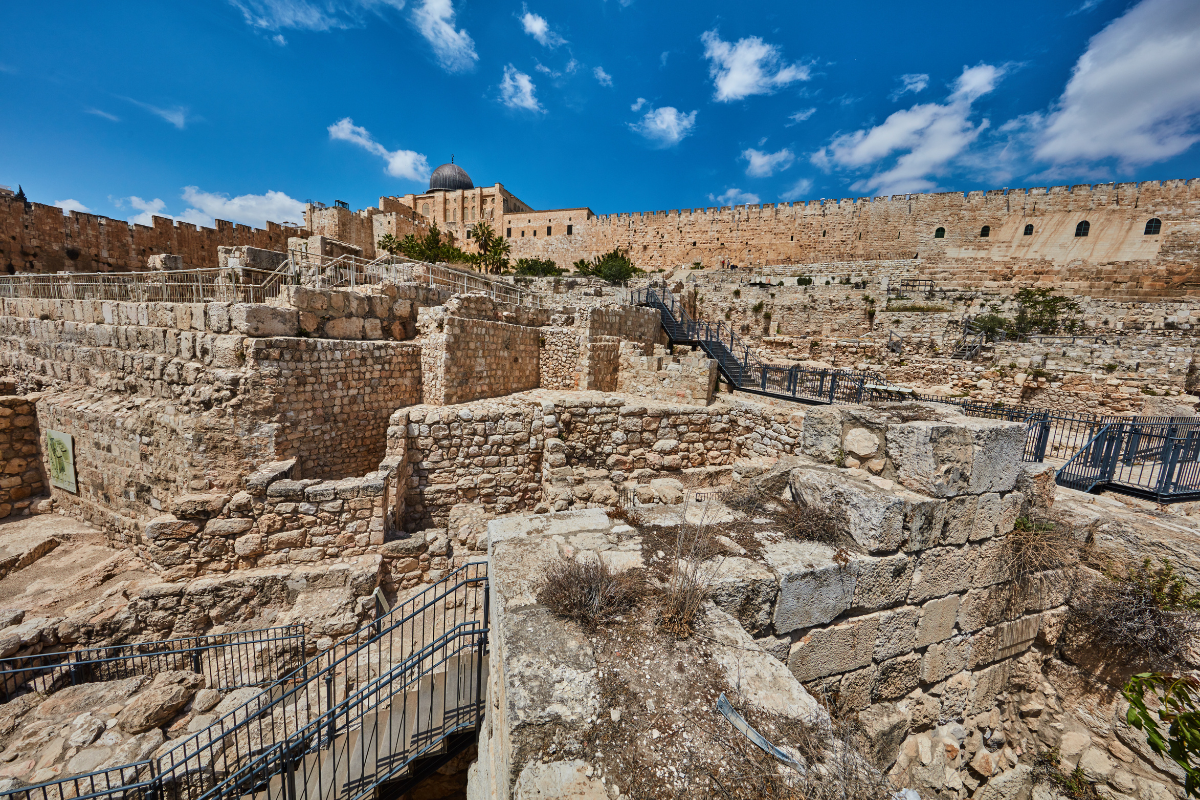Archaeology has proven to be a powerful tool for shedding light on the accounts of the New Testament, providing tangible evidence that connects the biblical narrative with historical places, people, and events. Although faith does not depend on physical evidence, archaeological findings can strengthen it and help answer genuine questions from both skeptics and believers.
Crucifixion and Roman Practices
In an excavation in Jerusalem, archaeologists uncovered the remains of a first-century man who had been crucified, with a nail still piercing his heel. This finding is crucial because it confirms that crucifixion—as described in the New Testament—was indeed a real practice in Judea during the time of Christ. It also counters claims that question the Gospels’ historical reliability, showing that even the methods of execution described in them were authentic.
Jerusalem: The Epicenter of Christianity
Jerusalem is one of the most extensively excavated cities in the world, and many of its findings help bring the New Testament to life. Thanks to these discoveries, we can now picture more accurately what the city was like in Jesus' time. Excavations have unearthed traces of the Pool of Siloam mentioned in John 9, what may have been the home of the high priest Caiaphas, and even remains of streets and stairways that Jesus likely walked on. These findings not only support the historicity of the biblical narrative, but make it tangible.
The Ossuary of James: Evidence of Jesus' Brother?
In 2002, an ossuary—a stone box used for human remains—was discovered. It bore an Aramaic inscription that read: “James, son of Joseph, brother of Jesus.” If authentic, it would be a direct archaeological reference to two central figures of the New Testament: Jesus and his brother James. Although there is an intense debate about the inscription’s authenticity, many experts believe that it could be genuine, although the Israel Antiquities Authority (IAA) maintains that the phrase “brother of Jesus” was added later. The unusual mention of a brother’s name—something typically reserved for someone of great renown—supports the possibility that it refers to Jesus of Nazareth. Still, no final verdict has been reached.
Archaeology: Where Faith Meets History
Archaeology cannot prove every verse in the Bible, but it offers valuable context that reinforces the trustworthiness of its accounts. Through ruins, inscriptions and artifacts, we can reconstruct the setting in which the New Testament unfolded. Each discovery adds depth and clarity to our reading of Scripture.
Study the Bible from an Archaeological Perspective
We invite you to explore our Archaeological Study Bible, featuring more than 700 expert-written articles, maps, photographs, and even multimedia content accessed via QR codes. It’s an ideal resource for believers and scholars who wish to explore the historical and archaeological background of God’s Word.
Find it at Safeliz.com





































